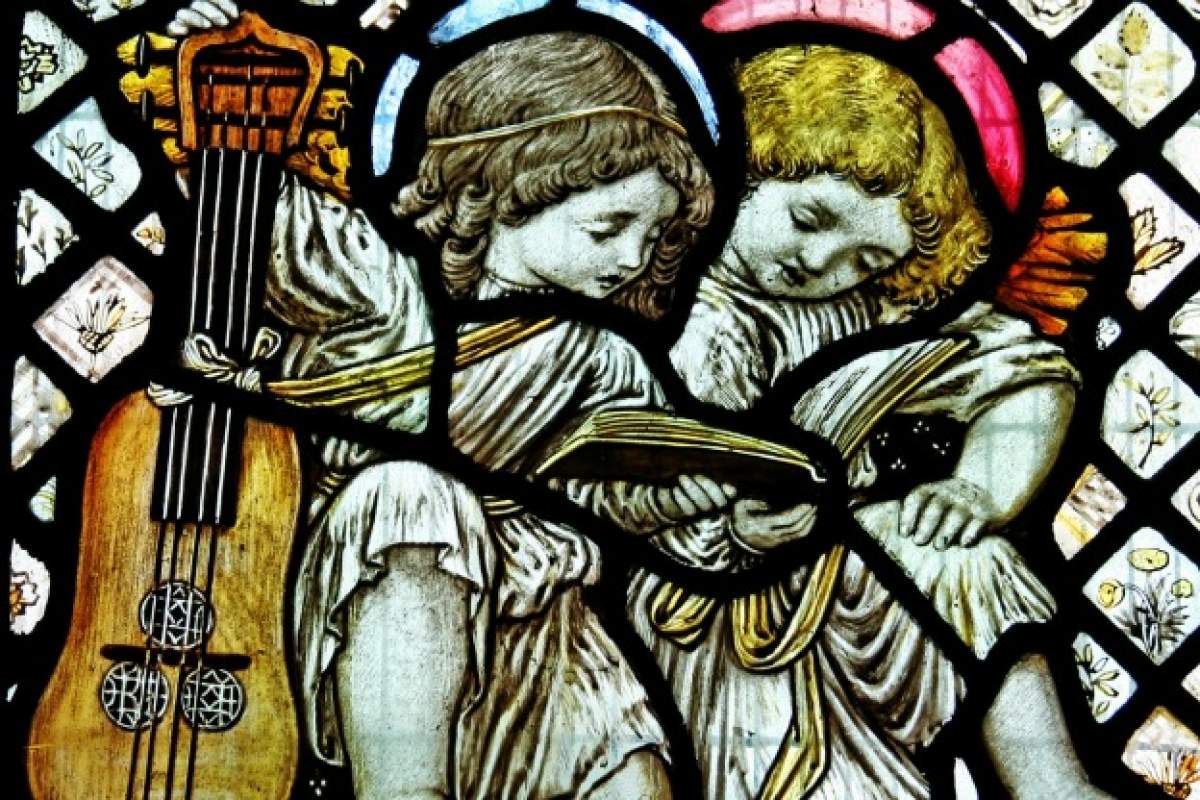
Two Lutes
At the end of the 16th and beginning of the 17th century in England, pieces composed for two lutes weren’t as rare as you might think. Lute duets by John Johnson and Thomas Robinson, along with several anonymous pieces and others by John Dowland, and John Danyel feature prominently on a 2012 CD called Lute Duets from England’s Golden Age. Ronn McFarlane and William Simms are the performers.
Some lute duets, such as John Johnson's Galliard included on this recording, were novel for the time: the composition calls for both lutes to play equal roles alternating back and forth between melody and accompaniment. In another type of lute duet, sometimes called a treble-ground duet, one player has melodic variations while the other supports with a repeated chordal accompaniment.
Two Vihuelas
While a lute has a rounded, bowl shaped back, the vihuela has a flat back like a viol or guitar. Adios mi amor is the first recording by the duo Delitiae Musicae with vihuelists Jesús Sánchez and Manuel Minguillon Nieto performing mostly Spanish music. The recording includes music of 16th century composer, Enríquez de Valderrábano who is the only composer we know of to have published music for two vihuelas. These pieces can be found in Valderrábano’s fourth book of Silva de Sirenas. Valderrábano also arranged sacred music by famous composers such as Gombert and Cristóbal de Morales for vihuelas. In their recording, Delitiae Musicae followed this practice of making their own intabulations of famous tunes with their arrangement of Josqin’s Mille Regretz.









